Choosing your class in Dungeons & Dragons 5E can be an intimidating prospect. You have to pick from several classes with a ton of different features. Without knowing what each class does initially or in the late game, it can be hard to know for sure what you should pick.
That’s why it can be nice to get a brief overview of what each class can do for a party, what their preferred ability score is, and what you have to look forward to as you level up.
All playable classes in D&D 5E
This article serves as a primer for all 13 playable classes currently available in Dungeons & Dragons 5th Edition. This is not an exhaustive article, but instead a brief synopsis about what makes each class unique in this game.
Artificer
- Primary Attribute: Intelligence
- Secondary Attributes: Dexterity, Constitution
- Role(s) in Party: Magic support, area-of-effect damage, melee tank, ranged damage, magic damage
The Artificer, the only class not available in Baldur’s Gate 3, is the most recent class added to D&D. It is an Intelligence-based half-spellcaster, similar to the Ranger or Paladin, but gets cantrips and earlier access to level one spells. Because of this, it can possibly take on the role of area of effect caster, support caster, or focus more on weapons and armor. They are also proficient with artisan’s tools.
Its unique spell list features several healing spells, though not the heavily impactful Healing Word. Its mix of damaging magic and supportive spells make it the strongest half-caster.
The Infusion mechanic, unique to the Artificer, allows it to create temporary magical items from a limited pool. These items range from simple plus-one and plus-two enchantments to replicating endgame tools, like the Spell-Refueling Ring. With an Artificer, your party will always have access to magical items.
Their Specialization changes their party role significantly. From the supportive Alchemist to the high-damage Artillerist to even the frontline tanks of Armorer and Battle Smith, there’s going to be a role in the party for an Artificer.
Later on, the Artificer gains additional attunement slots for magical items and can add their Intelligence modifier to saving throws made near them.
An excellent option for a character looking to use Intelligence but handle a different role than the Wizard, the Artificer is a great class to try. It is a more complex class than most others, and is recommended for players who’ve already gotten their feet wet.
Barbarian
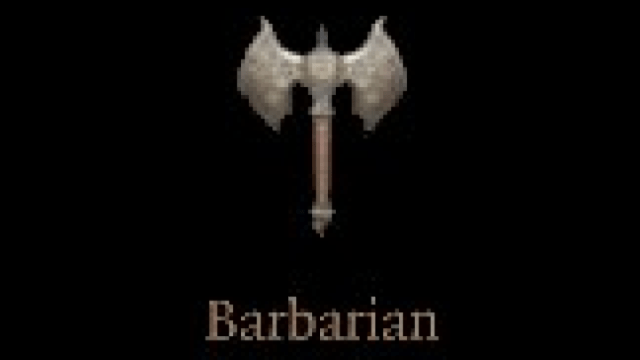
- Primary Attribute: Strength
- Secondary Attributes: Dexterity, Constitution
- Role(s) in Party: Melee damage, melee tank
The Barbarian serves a party as a resource-dependent melee bruiser. When they Rage, they become extremely durable against physical damage and deal more damage. However, they can only do so a certain number of times per day, so they have to make it count.
While Raging is their primary focus, they are far from useless when not angry. They can use their Reckless Attack ability to add advantage to any attack at the cost of every attack against them having advantage.
Once they reach level three, they unlock their Primal Path. These paths improve the Barbarian’s options significantly, especially during a rage. For instance, the Zealot brings high damage, the Totem Warrior offers additional durability or utility options, and the Storm Herald improves crowd control.
As they continue to level, the Barbarian can move faster while not wearing heavy armor, gain bonuses to initiative rolls, and even deal additional dice of damage on critical hits.
Bard
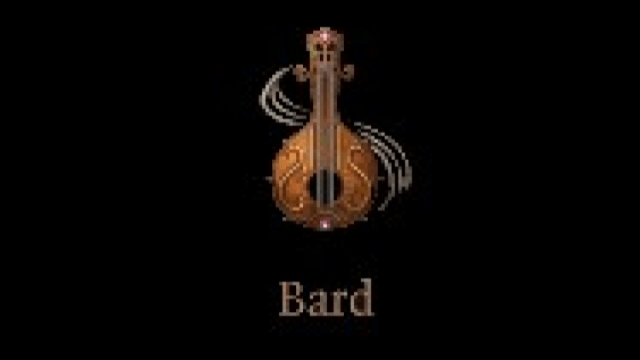
- Primary Attribute: Charisma
- Secondary Attributes: Dexterity
- Role(s) in Party: Magic support, magic control, skill expert
The Bard serves the party with its debuff-heavy spell list and access to Bardic Inspiration, a group of dice that can be added onto a variety of d20 rolls.
The Bard’s magic list is often ridiculed for its low damage and middling buff options, but the Bard has access to some of the most devastating early crowd control options in the game. They also get solid healing magic—Healing Word, mostly, but also reviving options and debuff removal—that lets them serve well as the party’s healer. However, they are dedicated to a certain number of spells known, worsening their utility.
Their Bard College allows them to expand their supportive capabilities significantly. Many of them provide a new way to spend Bardic Inspiration dice, such as the college of Eloquence subtracting a Bardic Inspiration die from their saving throw. Some of them, such as the College of Valor and Swords, give the Bard potential to be a front line character while using Bardic Inspiration to buff damage.
Over time, the Bard gets access to better out-of-combat healing with Song of Rest, adding double their proficiency to skills with Expertise, and can take magic from other classes with Magical Secrets.
Cleric
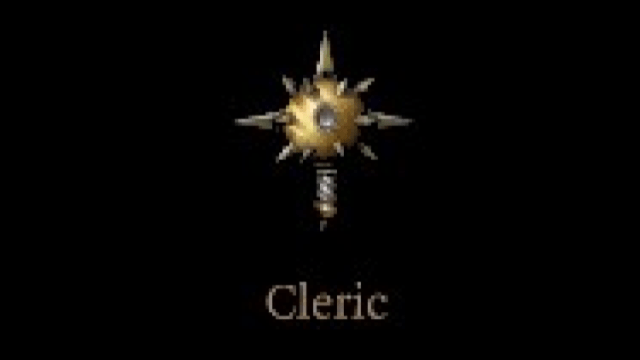
- Primary Attribute: Wisdom
- Secondary Attributes: Strength, Dexterity
- Role(s) in Party: Magic support, melee tank, magic damage
The Cleric is one of the best classes in the game. This is largely because of their excellent armor proficiencies, the strength of Cleric Domains, and the potency of the Cleric spell list.
Clerics have an abundance of incredible healing and recovery options on their spell list. Spells like Mass Healing Word can pick your entire party up from death’s door, while keep-away spells like Spirit Guardians provide large and consistent damage in an aura around the Cleric. They can even cast strong low spell slot buffs like Shield of Faith, which provides a plus-two to AC to anyone, or Bless to improve attack rolls.
They can also switch their spells out on-demand, not beholden to specific magic.
Cleric Domains are fairly strong universally and give them strong options in and out of combat. The Forge domain allows for Clerics to obtain ridiculous AC early on, the War domain is great for a Cleric that wants to swing a weapon, and the Knowledge domain grants their followers fantastic problem-solving capabilities. They can even do massive area-of-effect damage with the Light and Tempest domains, since those subclasses give the Cleric access to strong damage options. Since Cleric Domains can grant Heavy Armor proficiency or Martial Weapon proficiency, it is important to build a Cleric’s ability scores with their domain in mind.
Related: Baldur’s Gate 3: Best Cleric build in BG3
While their spells are the highlight of the class, over time, the Cleric gains the ability to instantly kill weak undead by Channeling their Divinity. They also can ask their god for aid in their time of need, with a percentage chance of working.
Druid

- Primary Attribute: Wisdom
- Secondary Attributes: Dexterity, Constitution
- Role(s) in Party: Magic support, melee damage, melee tank
The Druid, similar to the Cleric, is a Wisdom-based support caster. While they don’t have access to as strong of healing, their spell list has solid damage, crowd control, and healing options that make them useful in a variety of situations.
The Druid begins with nothing more than their spell list. Thankfully, this spell list is great. It has Entangle, one of the best early-game crowd control options. It will grow up to have Call Lightning, a strong damage option, alongside Barkskin, a great AC booster and Protection from Energy for defense against elemental damage.
That’s not all, though. At second level, they join a Druidic Circle. Circles like Land improve their spell list, Wildfire can let them heal better while controlling a summon, and Stars provides them with excellent utility.
At level two, all Druids can Wild Shape into animal forms. Many circles use Wild Shape differently, but the most prominent example is the Circle of the Moon. Moon Druids Wild Shape faster than other circles and can also access stronger animal forms. This gives the druid frightening amounts of extra HP, damage, and even mobility.
Over time, the Druid spell list becomes more impressive while all Druids gain access to fun utility options, such as the ability to prevent aging.
Fighter
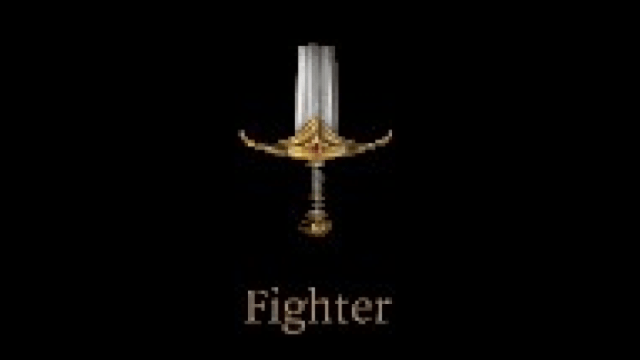
- Primary Attribute: Strength or Dexterity
- Secondary Attributes: Constitution, Intelligence for some subclasses
- Role(s) in Party: Melee damage, melee tank, ranged damage
The Fighter is a weapon-based damage dealer that focuses on a specific school of warfare. What it lacks for in problem-solving ability, it makes up for in high single-target damage, accuracy, and very strong weapons and armor options.
The Fighter is the first class in the game to gain access to a Fighting Style, a choice that ranges from offensive to defensive in flavor. This is largely based on the equipment that a fighter plans on wearing to a fight.
However, at the second level, the Fighter gains the Action Surge ability, allowing them to take two actions in a turn. This gigantic burst of damage makes the Fighter a delicacy for multiclassing, since the large burst of damage is not unique to the Fighter’s weapon swings.
When the Fighter reaches level three, they get a Martial Archetype. These range from damage-focused, such as the Champion’s focus on critical hitting, to having high utility, like the Rune Knight’s resource-based runes. There are even archetypes that control the battlefield, like the Battle Master and Psi Warrior, and the Eldritch Knight can learn spells.
As a Fighter levels up, they gain access to more ability score improvements than any other class, as well as the ability to attack three (or even four) times in a round. They also gain access to Indomitable, which lets them re-roll failed saving throws.
Monk
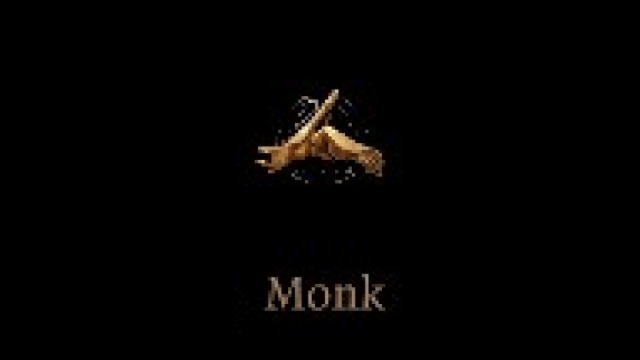
- Primary Attribute: Dexterity
- Secondary Attributes: Wisdom
- Role(s) in Party: Melee damage, melee control
The Monk is a low-health, unarmed and unarmored melee warrior who utilizes Dexterity and Wisdom to keep themselves safe from harm. By harnessing Martial Arts, they deal damage quickly every turn. And, once they gain their Ki, they can spend a quickly refueling resource to punch additional times with Flurry of Blows, gain mobility, or defend themselves.
At level three, the Monk gains access to their Monastic Tradition. These grant the Monk additional access to crowd control options, such as the Open Hand monk allowing them to trip on a Flurry of Blows. They also have defensive options, like the Drunken Master or Mercy monk. If that wasn’t quite interesting enough, some Traditions even grant the monk access to spellcasting, like the Way of the Ascendant Dragon or Four Elements.
As the Monk levels up, they move faster across a battlefield, deal more damage with unarmed strikes, and gain additional Ki points. They also find different ways to spend their Ki points, such as throwing projectiles back at enemies, slowing their falls, or healing themselves. They have access to the best saving throw proficiencies in the game, gaining proficiency in all of them by level 14.
At level five, they gain access to Stunning Strike, an insanely strong control option that allows the Monk to stun with a punch. This is a big reason to take the Monk, granting them a very consistent single-target way to throw someone for a loop.
Paladin
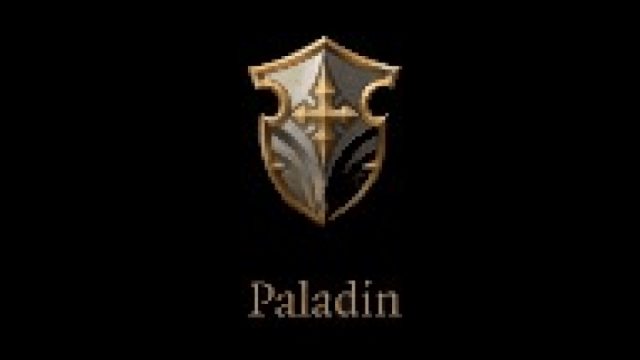
- Primary Attributes: Strength, Charisma
- Secondary Attributes: Constitution
- Role(s) in Party: Melee damage, melee tank, magic support
The Paladin, a symbol of loyalty, is a front line tank with huge damage potential if they’re willing to spend resources for it. As a half-spellcaster, they gain access to strong support and healing options. But, they can also crack some skulls with great armor proficiency and excellent weapon options.
To start, the Paladin is quite weak, only gaining access to a pool of healing. However, at level two, they can start casting spells and using those spells to use their Divine Smite ability. This ability spends spell slots on a hit with a weapon to deal additional d8s of damage.
However, the Paladin spell list can be more than just fuel for smites. They gain access to solid buff options, like Shield of Faith, as well as debuffs that can mess with enemies, like Compelled Duel. As they level up, they gain stronger bonus action Smite spells that improve their damage and debuff their enemies. They also gain auras, like Aura of Courage, that can negate status effects and improve damage.
The Paladin, as they level up, become immune to several damning status effects. They also gain the ability to add their Charisma to all saving throws at level six, while adding that same modifier to all nearby allies. This makes the Paladin serve well in melee with several friends nearby.
Ranger
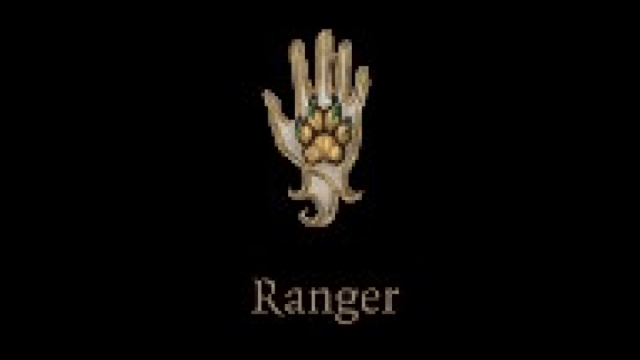
- Primary Attribute: Dexterity
- Secondary Attributes: Wisdom
- Role(s) in Party: Melee damage, ranged damage, magic support
The Ranger serves the party as a damage dealer with access to a ton of crowd control through their magic. As a half-spellcaster, it takes a decent amount of time for the Ranger to come online. When they do, their damage is strong and can supplement a party well.
Rangers begin play with the middling Favored Enemy and Natural Explorer features. However, a kind DM can swap those for Favored Foe and Deft Explorer, much stronger options for combat and utility reasons alike.
At level two, a Ranger gains their Fighting Style and Spellcasting. Ranger spells are uniquely strong, such as the Entangling Strike spell which locks an enemy in place or Hunter’s Mark, which lets you deal additional damage with each successful attack.
As a Ranger levels up, they gain access to their Ranger Archetype. These options allow the Ranger to summon companions (Beast Master, Drakewarden), improve their utility (Fey Wanderer, Horizon Walker), or just deal a bunch of extra damage (Hunter, Monster Slayer, Swarmkeeper).
As the Ranger levels up, they gain additional options to explore their environment and hide from foes. Eventually, they can even see invisible creatures or be more effective against your favored targets.
Rogue
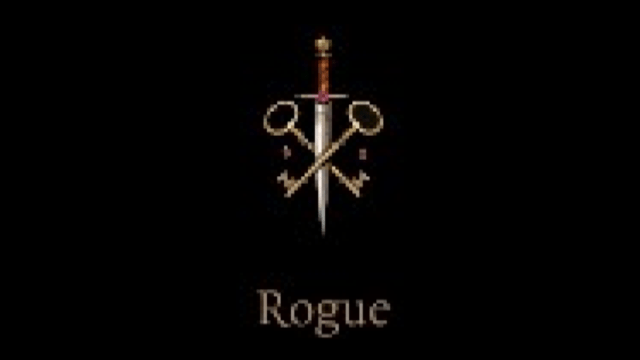
- Primary Attribute: Dexterity
- Secondary Attributes: Constitution. Intelligence, Wisdom, or Charisma, depending on subclass
- Role(s) in Party: Melee damage, ranged damage, skill expert
The Rogue is your party’s best skill user, gaining many different skill proficiencies and doubling their proficiency modifier in specific skills. No slouch in combat, the Rogue has access to the Sneak Attack mechanic, dealing a lot of additional damage to targets they have an advantage over.
Rogues make excellent use of their bonus action with Cunning Action, allowing them to move quickly or hide from combat without needing to spend their actual action.
At level three, they gain their Roguish Archetype. Most of these vastly improve the Rogue’s utility, such as the Mastermind giving them additional uses of the Help action or the Phantom letting them work with the dead.
As the Rogue levels up, they gain access to more Sneak Attack damage, better out-of-combat utility, and the ability to more effectively avoid damage from Dexterity saving throws and physical attacks alike.
Sorcerer
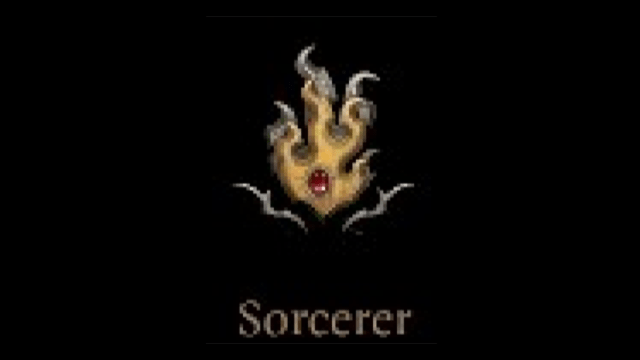
- Primary Attribute: Charisma
- Secondary Attributes: Dexterity, Constitution
- Role(s) in Party: Magic damage, magic control
The Sorcerer is a caster who uses their unique bloodline to fuel their magic with Charisma. They gain access to a highly aggressive spell list which hits hard.
Right off the bat, a Sorcerer must choose a Sorcerous Origin. Some of these archetypes focus on different ways for the Sorcerer to deal additional damage, such as the Draconic Sorcerer’s focus on an element. However, many of them expand the Sorcerer’s spell list and supportive abilities, like the Aberrant Mind’s psionic spellcasting or the Divine Soul’s access to the divine spell list.
A Sorcerer’s spells include many fan-favorites from previous editions, like Fireball, Haste, Fly, Counterspell, and even Magic Missile and Shield. They also have some new bangers like Silvery Barbs which can help the Sorcerer defend themselves and their allies.
A Sorcerer modifies these spells with Sorcery Points, which they can use to fuel additional spells or modify them with Metamagic. Metamagic options like Quickened Spell, Distant Spell, or Heightened Spell can quickly turn a fight in the spellcaster’s favor.
As the Sorcerer levels up, their Sorcerous Origin grows stronger and their spell list advances. How the Sorcerer improves is largely up to the player, since their spells known are a gigantic chokepoint on the spellcaster’s utility.
Warlock

- Primary Attribute: Charisma
- Secondary Attributes: Dexterity, Constitution
- Role(s) in Party: Magic damage, magic control
The Warlock signs a pact with a Patron, becoming a spellcaster with few spell slots that refresh on a short rest. They use Charisma for their spell save DC and attack rolls.
The Warlock begins by taking a Patron. Most of these patrons offer the Warlock greater utility for themselves, as well as an expanded spell list. The Archfey, for instance, allows the Warlock to charm their foes. However, some, like the Celestial, take the Warlock in a supportive direction. And the famous Hexblade patron allows the Warlock to wade into melee with Medium Armor proficiency and using Charisma to attack with their weapon.
Warlocks are perhaps best known for their cantrip of choice, Eldritch Blast. This powerful attack scales beautifully with level, since the Warlock can spend an Invocation to add Charisma to the damage of every shot. And, with help from the Hex spell on their spell list, Warlocks can truly become a high-damage minigun.
Related: Baldur’s Gate 3 players agree on the best spell, and we’re not surprised
However, as the Warlock levels up, their spell list improves in defensive and utility capabilities. Most of their endgame skills are reliant on their Otherworldly Patron, but they gain additional invocations and spell slots to work with over time. Using Invocations like Devil’s Sight or Lifedrinker to their benefit, a Warlock can become anything from a highly-skilled problem solver to a melee-focused menace.
Wizard
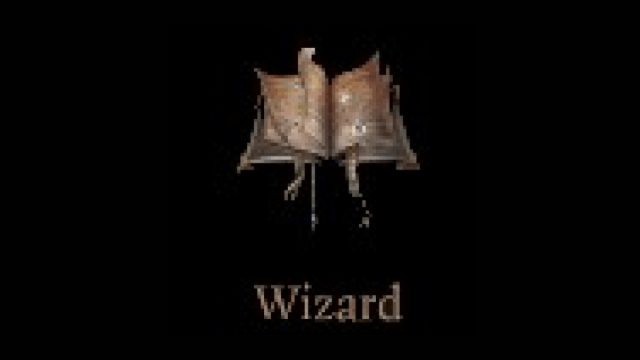
- Primary Attribute: Intelligence
- Secondary Attributes: Dexterity, Constitution
- Role(s) in Party: Magic damage, magic control, magic support
The Wizard is an Intelligence-based spellcaster and the master of the arcane arts. Unique among casters, the Wizard learns a spell from a spellbook, letting them access many arcane utility, defense, and damage spells through copying them from scrolls.
The spell list of the Wizard is perhaps the greatest asset to them. They boast a wide range of magic—the exceptionally damaging Fireball, the highly-mobile Fly, useful utility options from Tenser’s Floating Disk to Augury. And, since they prepare from a book, they can swap out situational utility magic on the fly based on the information they can gather beforehand.
Wizards also dedicate themselves to an Arcane Tradition, a school of thought that improves the Wizard’s ability to cast spells from a specific school or provide them with additional defensive and offensive capabilities.
In the endgame, a Wizard may learn to cast several spells at-will, like cantrips.


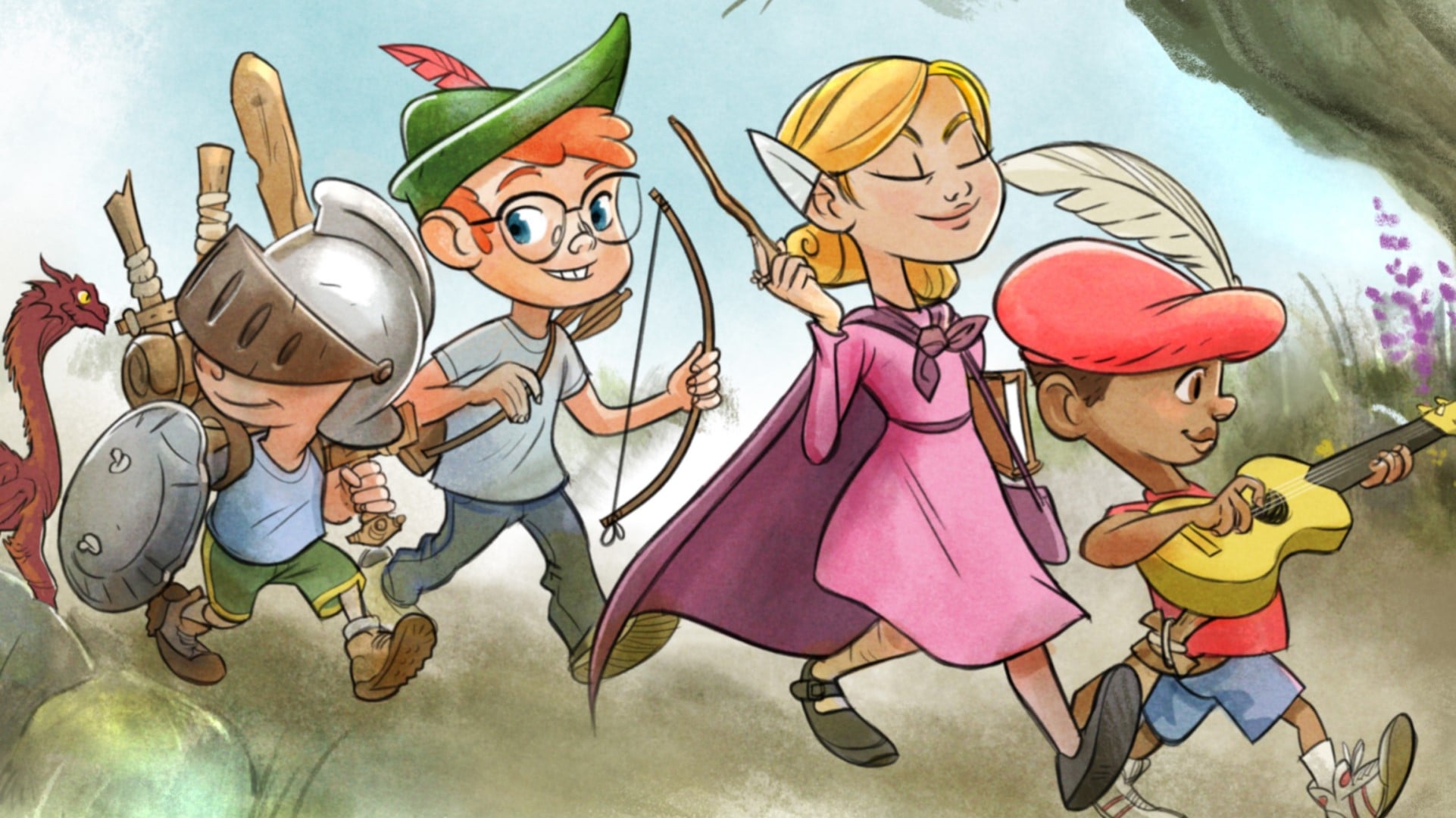
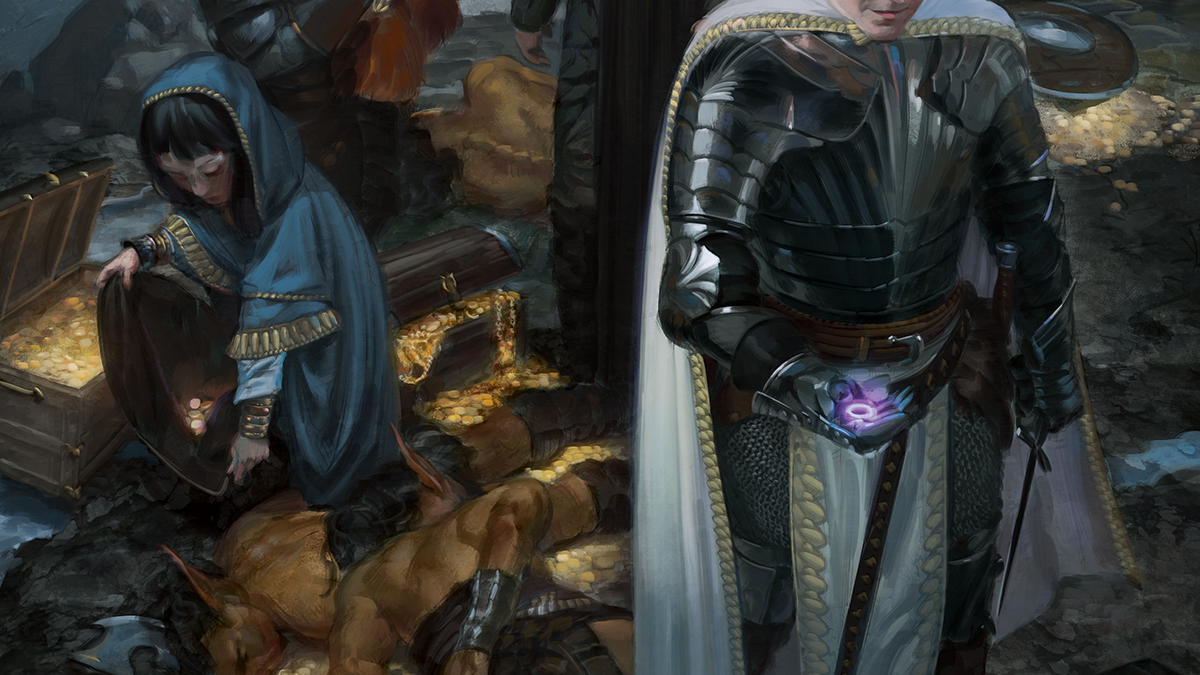
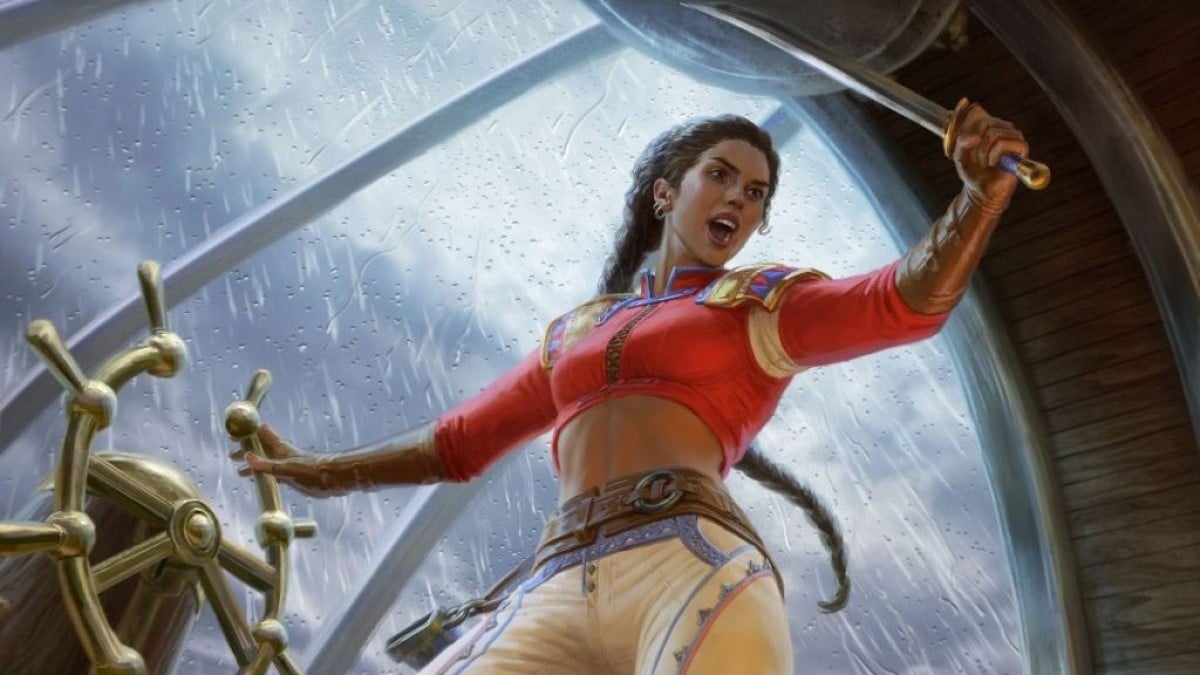
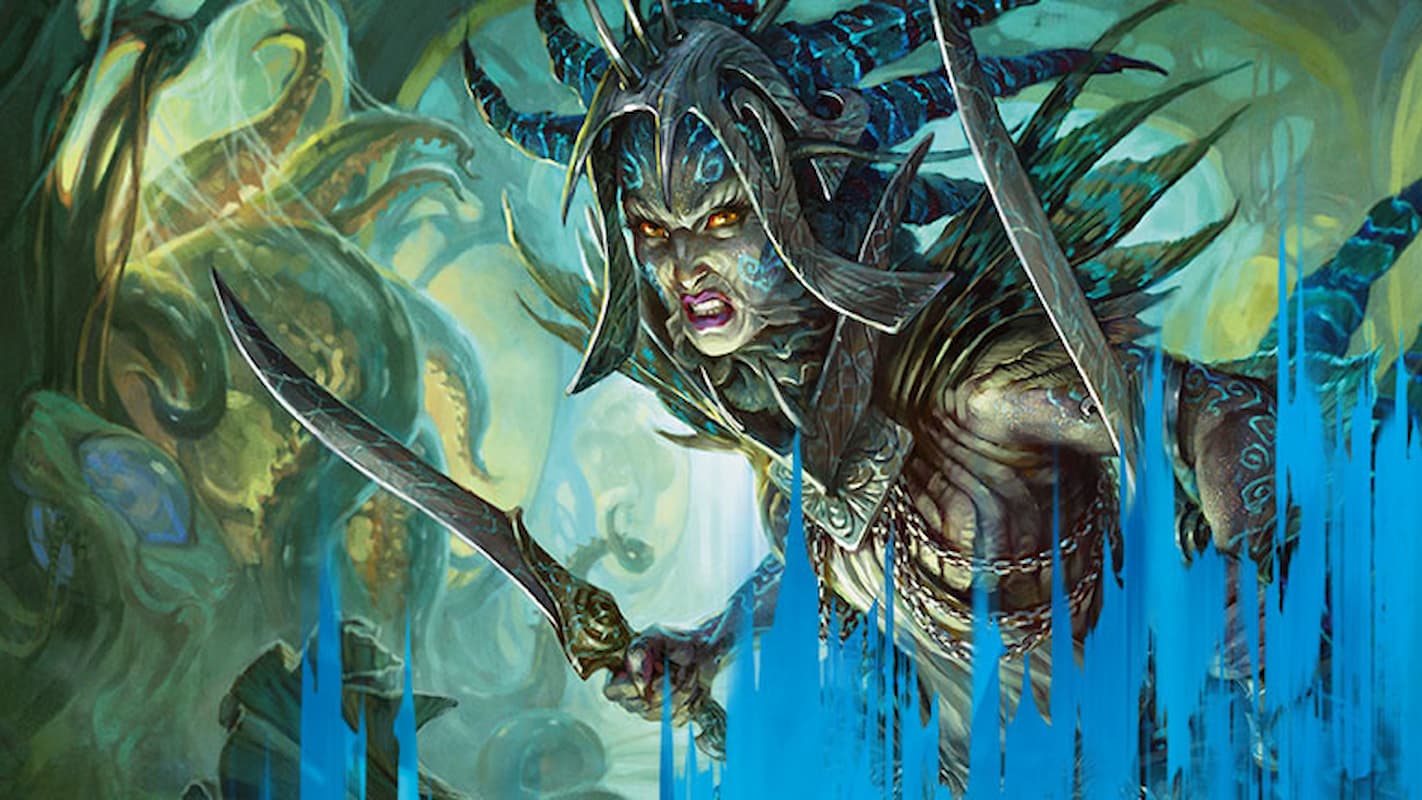
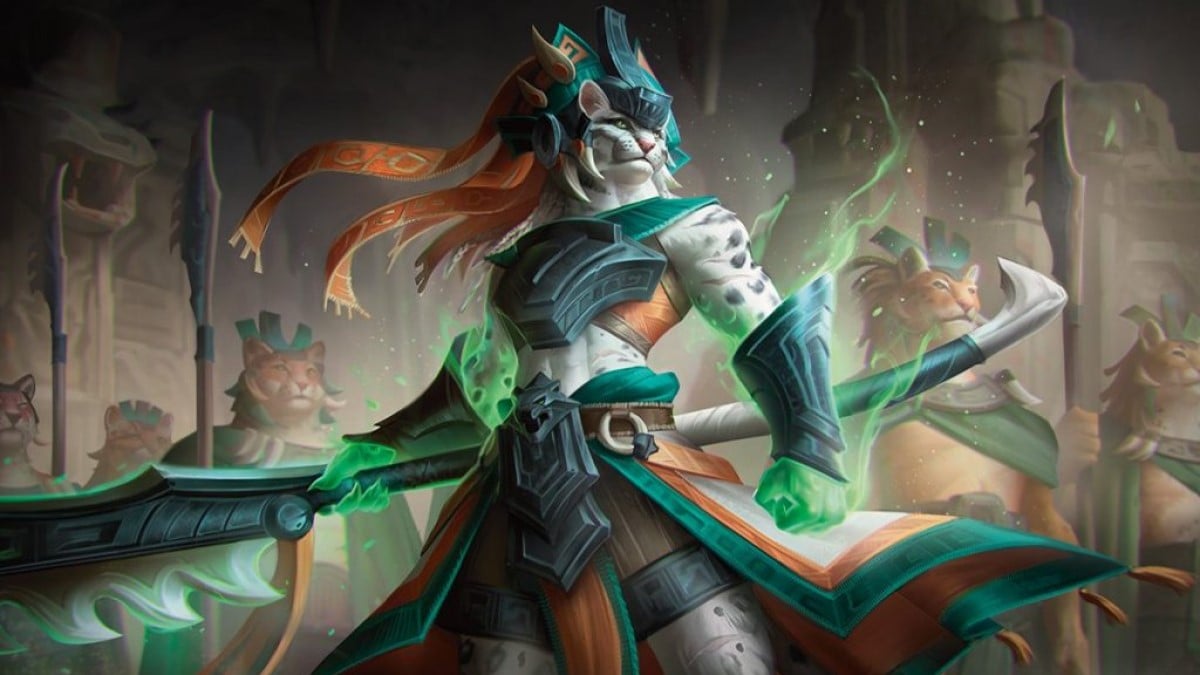
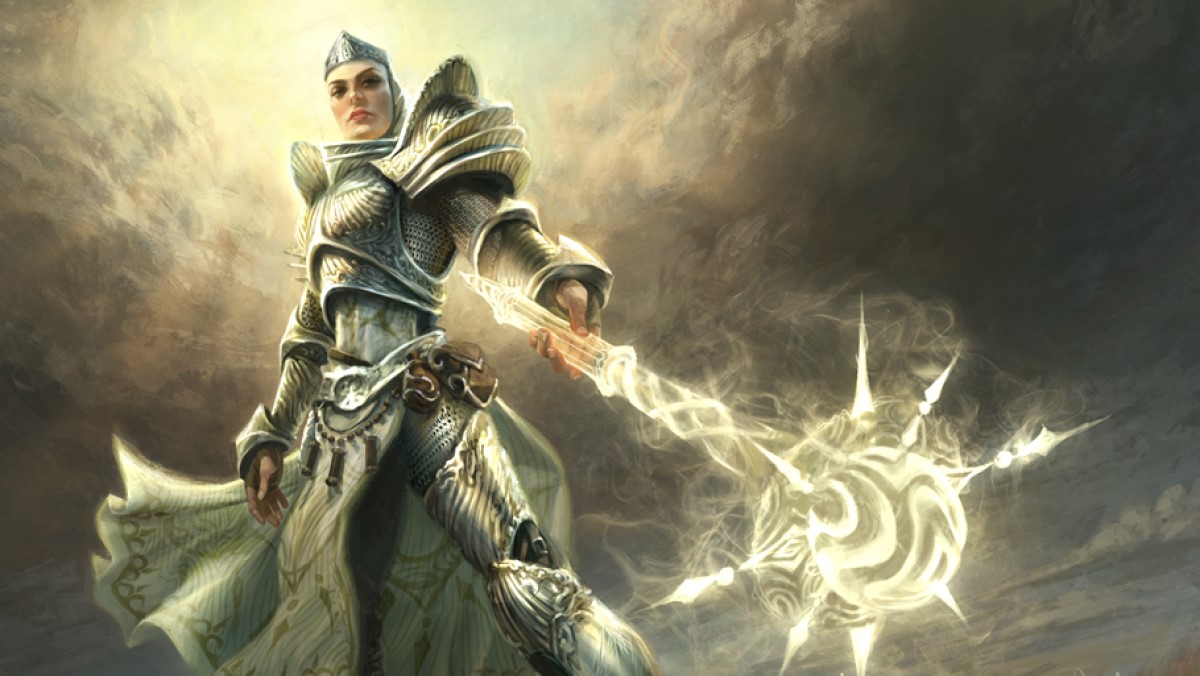


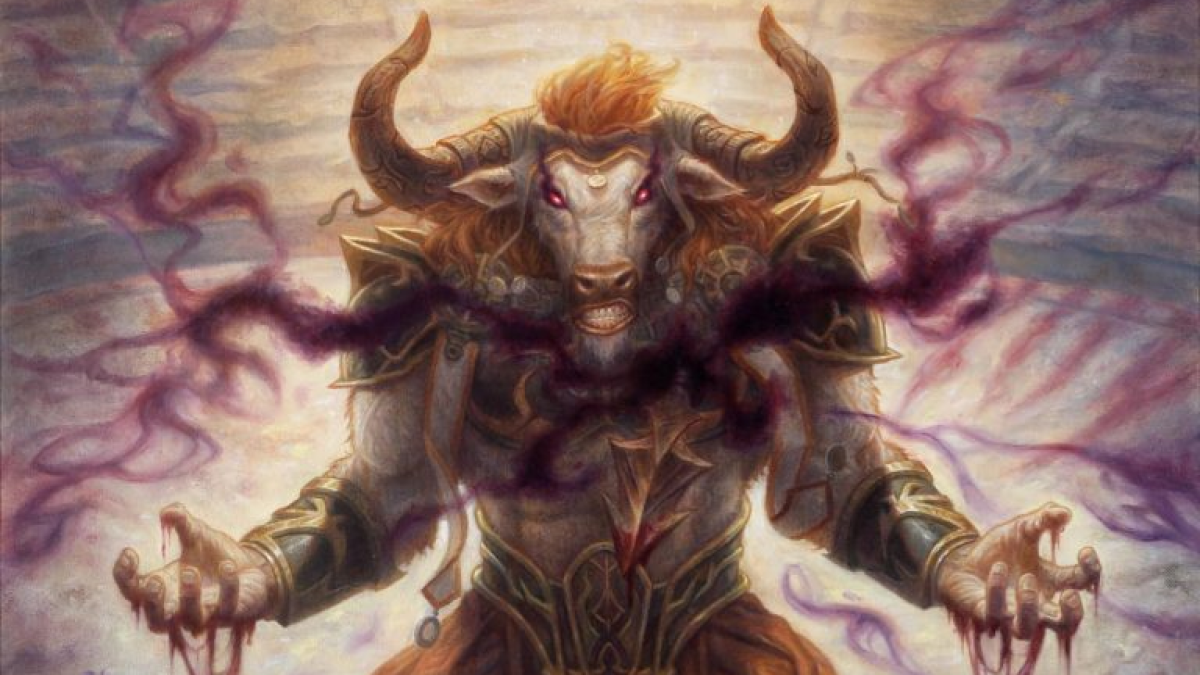
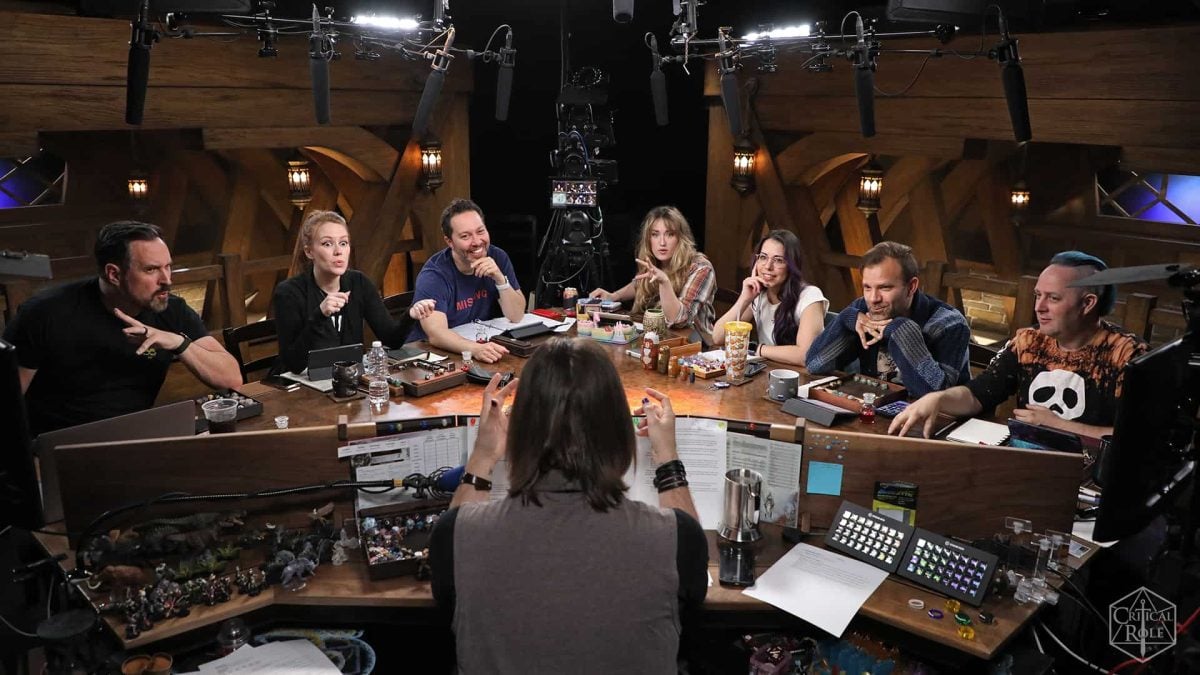
Published: Aug 24, 2023 04:37 pm